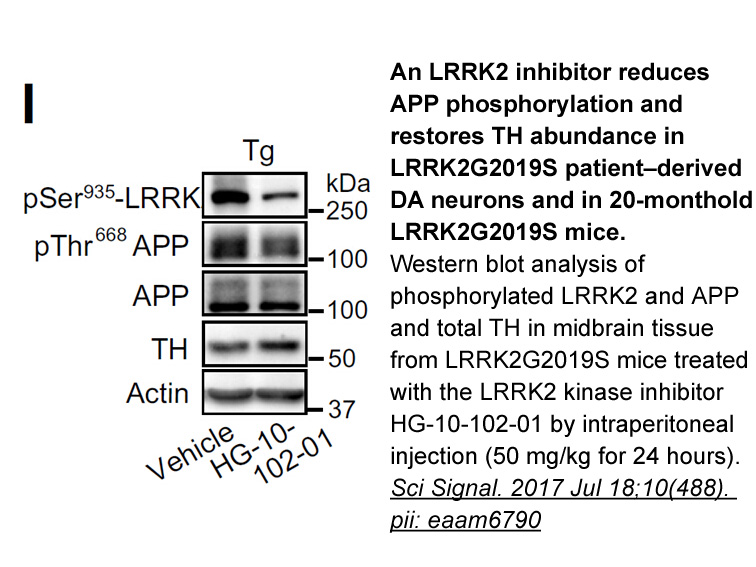Archives
For these reasons the role
For these reasons, the role played by autophagy in environmental neurotoxicity is not always easily determinable. Indeed, although the neuroprotective role of autophagy has been shown by several studies, sometimes induction of autophagy was associate with deleterious effects (Glick et al., 2010, Srivastava et al., 2016). Moreover, several studies, that investigated the role of autophagy in neurotoxicity occurrence, used in vitro cell models which not accurately replicate the cellular interactions present in living organisms. Consequently, to reach more reliable conclusions, animal experiments are also necessary.
Conflicts of interest
Funding
Introduction
Autophagy is an evolutionarily conserved catabolic process that involves degradation of cytoplasmic organelles through lysosomal Idoxuridine and thereby maintains cellular homeostasis [1]. In response to stress signals, autophagy is rapidly increased and acts as a survival mechanism. On the other hand, it may also induce cell death either with apoptosis or independently in the event of apoptotic failure [2], [3]. The study of autophagy has been recently extended to the physiology and pathology of endocrine glands [4].
During macroautophagy (hereafter autophagy), cytoplasmic contents are sequestered and enveloped in double-membrane structures called autophagosomes, which further undergo maturation and fusion with lysosomes to form autolysosomes [5]. Autophagosome biogenesis is complex and involves various proteins. One of them is Beclin 1, which acts as the platform for assembly of other proteins and stimulates their activity. Thus, Beclin 1 is a critical factor responsible for the induction of autophagy [6]. Microtubule-associated protein light chain 3 (LC3) is the specific mammalian autophagosome marker, which exists in a cytosolic form (LC3-I) and undergoes conversion into an autophagosomal membrane-bound form (LC3-II) on activation of autophagy [7]. Other proteins crucial for lysosomal fusion are lysosome-associated membrane protein-1 (Lamp 1) and lysosome-associated protein-2 (Lamp 2) [8].
The corpus luteum (CL) is a transient endocrine gland that produces and secretes progesterone (P4) throughout the estrous cycle and pregnancy. The CL consists of distinct cell types, but predominantly steroidogenic large and small luteal cells originating from the wall of the postovulatory follicle [9]. The lifespan of the CL is determined by a balance between the presence and action of luteotropic and luteolytic factors. At a certain period of the estrous cycle and pregnancy, the CL undergoes regression characterized by disruption of P4 synthesis (functional luteolysis) followed by morphological degeneration (structural luteolysis) [10]. In many mammalian species, including pigs, functional luteolysis is triggered by uterus-derived prostaglandin F2α (PGF2α) [11], [12]. It is generally accepted that apoptosis underlies the process of structural regression, which ultimately leads to luteal cell death [13]. Of particular importance, recent studies in rodents [14], [15] and cows [16], [17], together with ours on the porcine CL of pregnancy [18], indicate that autophagy participates in CL regression. However, the full contribution of autophagy to the physiological function of the CL requires further elucidation.
The aim of the prese nt research was to examine the expression of autophagy-related proteins in the porcine CL throughout the luteal phase of the estrous cycle. We have focused on the early (time of luteinization), middle (presence of mature CLs with high steroidogenic activity) and late (time of luteal sensitivity to PGF2α) luteal phase, and performed: (i) morphological and (ii) ultrastructural analysis of CLs, an assessment of autophagy-related gene expression at (iii) mRNA (BECN1 and Lamp1) and (iv) protein (Beclin 1, LC3-II, and Lamp 1) levels, and (v) intraluteal P4 concentration.
nt research was to examine the expression of autophagy-related proteins in the porcine CL throughout the luteal phase of the estrous cycle. We have focused on the early (time of luteinization), middle (presence of mature CLs with high steroidogenic activity) and late (time of luteal sensitivity to PGF2α) luteal phase, and performed: (i) morphological and (ii) ultrastructural analysis of CLs, an assessment of autophagy-related gene expression at (iii) mRNA (BECN1 and Lamp1) and (iv) protein (Beclin 1, LC3-II, and Lamp 1) levels, and (v) intraluteal P4 concentration.
Materials and methods